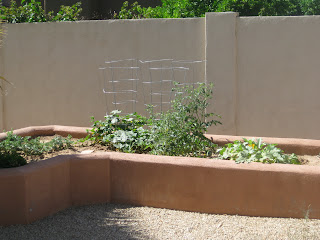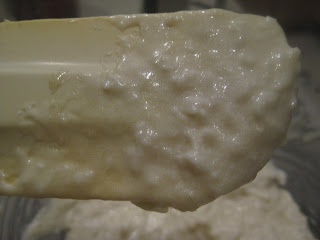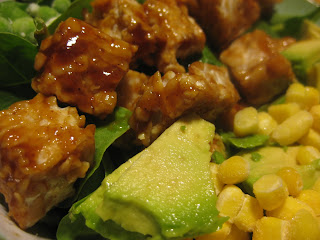When we first met, it took me a few dates to realize that Keizo actually played rugby for a living. At first, I thought rugby was his hobby; this was due in part to the language barrier as well as the fact that I had no idea Japan even had a professional rugby league. Even after dating him for 3+ years, I still have some difficulty wrapping my head around everything being a professional athlete entails. Twice a day practices, treatments, visits to oxygen chambers and 6, sometimes 7 day work weeks during rugby season all make his current profession quite different from a regular 9-5.
In addition to regular practices, his whole team gets on a bus/plane/train and heads to training camp for a week, twice a year in a different location. This spring's camp was in Miyazaki, about 4 hours south of Fukuoka by car. The purpose of these camps is to build camaraderie and get their bodies used to performing in different environments. My interest is less in the workouts and more in what they ate (surprise, surprise) and whether there were any fun, camp-like activities There aren't usually, but this recent camp ended in a fishing tournament where Keizo caught a blowfish, but it didn't count towards his team's tally because it was deemed inedible. Shucks.
The food is usually pretty standard Japanese cafeteria fare, easy to make and serve in large quantities. And who can blame the hotel that has to put on 3 meals a day for 40 some rugby players for wanting to keep it simple. I would love to know how much rice they go through!!
This hotel intrigued me though because they had real table cloths! Keizo said that they were the fanciest part of the room they ate in, but I am still impressed.

For dinner on the last day of camp, Keizo's team was treated to quite the spread, including the sashimi tray below. While I prefer any animal product I consume to not resemble the living creature as much as possible, I still love the attention to detail in Japanese food presentation.
On the bus ride home, the team stopped at a michi no eki (road station) for snacks. Keizo chose the gigantic メロンパン (melon bread) below and got a rude shock at the register when they charged him 600 yen for it. Most melon bread (named for its shape, not the flavor) is usually 200 yen or less. Regardless of the cost, the picture below is priceless in my opinion ;-)














































